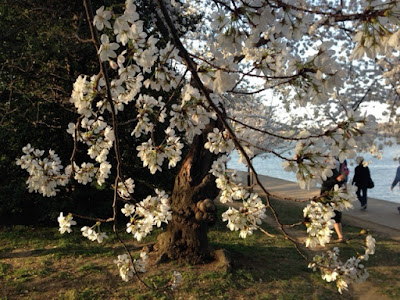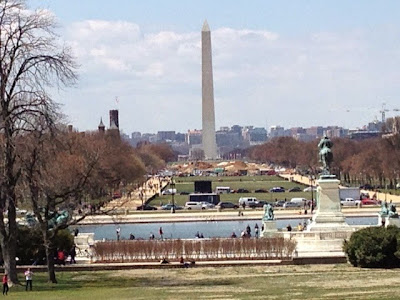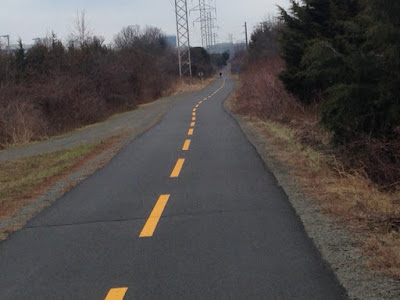See Something; Say Something
Yesterday I didn’t take my usual walk around the Capitol. And it’s a good thing I didn’t. A man brandished a gun at the Capitol Visitors Center and was shot by police. A bystander was reportedly hit as well, and the whole complex was put on lock down.
I wonder if I’ll take that walk again. Will I vary the route? Go another direction entirely?
A crazy world is a limited world. It’s a world of fences and walls and bollards; of keeping things at a distance. It’s a world of “see something, say something,” a message I hear repeated on the Metro approximately once every four minutes.
Most of all, it’s a world of suspicion and distrust and fear. It’s not an especially pleasant world — but it’s the only one we have right now.





